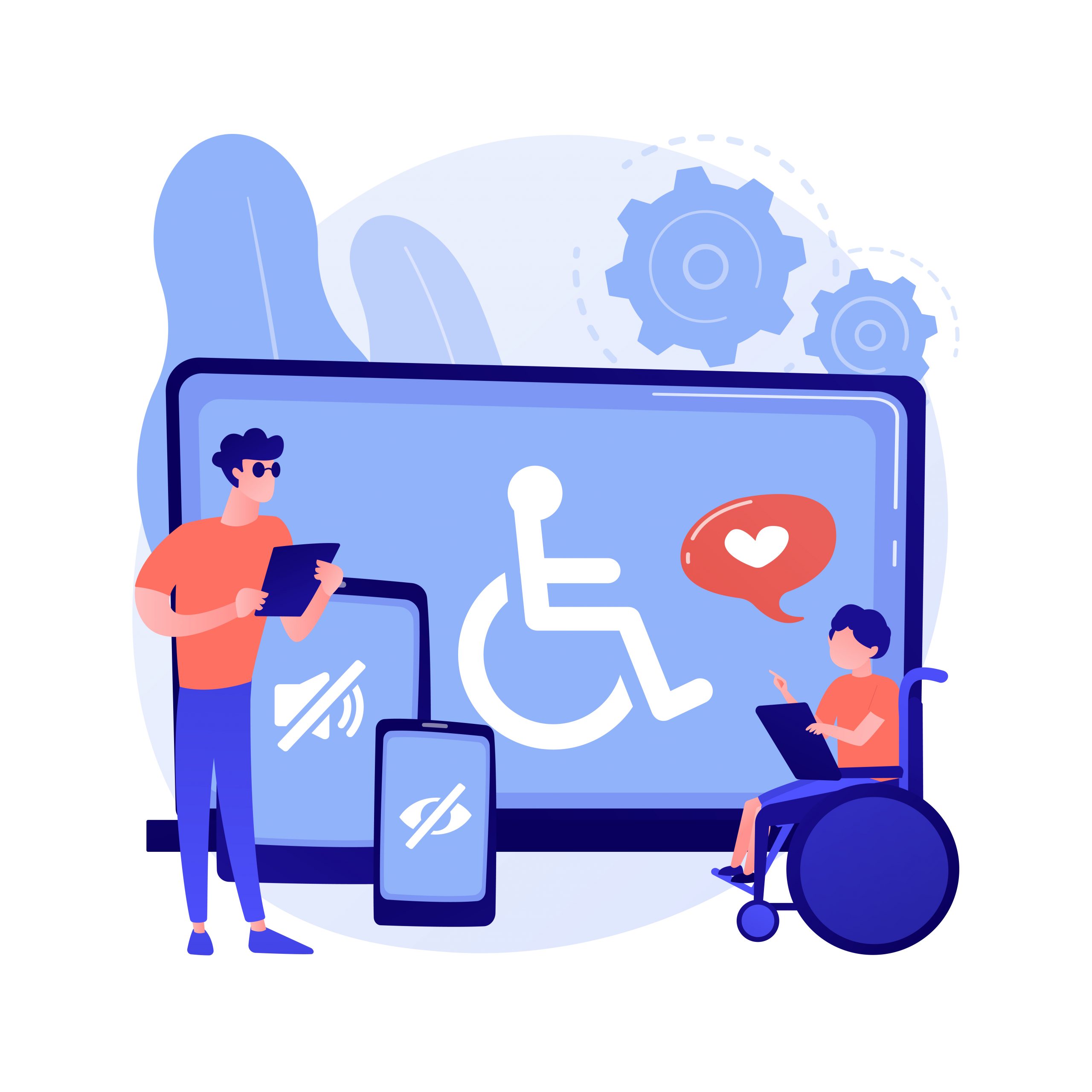As the internet continues to play an increasingly important role in our lives, it’s crucial that we ensure that everyone has equal access to the web. Unfortunately, many websites are not designed with accessibility in mind, making it difficult or impossible for people with disabilities to navigate and use them. In this article, we will explore the best practices for creating accessible websites for users with disabilities.
- 1. Use descriptive headings and alt text
Headings and alt text provide important context for users with disabilities, such as those who are visually impaired or using a screen reader. Use descriptive headings that accurately describe the content of each section, and include alt text for images that describes the content or function of the image.
- 2 .Provide text alternatives for non-text content
Not all users can access or understand non-text content like images or videos. Provide text alternatives such as captions or transcripts for videos and descriptive text for images so that all users can access the information.
- 3. Ensure keyboard accessibility
Some users cannot use a mouse or touch screen and must rely on a keyboard to navigate a website. Make sure that all functionality on your website can be accessed using only the keyboard, and that the tab order follows a logical sequence.
- 4. Design with color contrast in mind
Some users have difficulty distinguishing between colors, so it’s important to use sufficient color contrast to ensure readability. Use tools like the WebAIM Contrast Checker to test color contrast.
- 5. Use clear and simple language
Using clear and simple language benefits all users, including those with cognitive disabilities. Avoid using complex or technical jargon, and break up content into short paragraphs with clear headings.
- 6. Provide alternatives for time-based media
Users with hearing impairments or who cannot access audio may have difficulty with time-based media like videos or audio clips. Provide captions or transcripts for all audio and video content.
- 7. Test your website with assistive technologies
The best way to ensure that your website is accessible is to test it with assistive technologies like screen readers, text-to-speech software, and alternative input devices. There are many tools available for testing accessibility, such as the WAVE Web Accessibility Evaluation Tool.
By following these best practices, you can ensure that your website is accessible to all users, regardless of their disabilities. Not only is this important from an ethical standpoint, but it can also improve the user experience for all users, including those without disabilities.
In conclusion, creating accessible websites is not only an ethical responsibility but also a legal one. By following these best practices, you can create websites that are inclusive and accessible to everyone, regardless of their abilities or disabilities. Remember to test your website with assistive technologies to ensure that it is fully accessible and meets the needs of all users.

